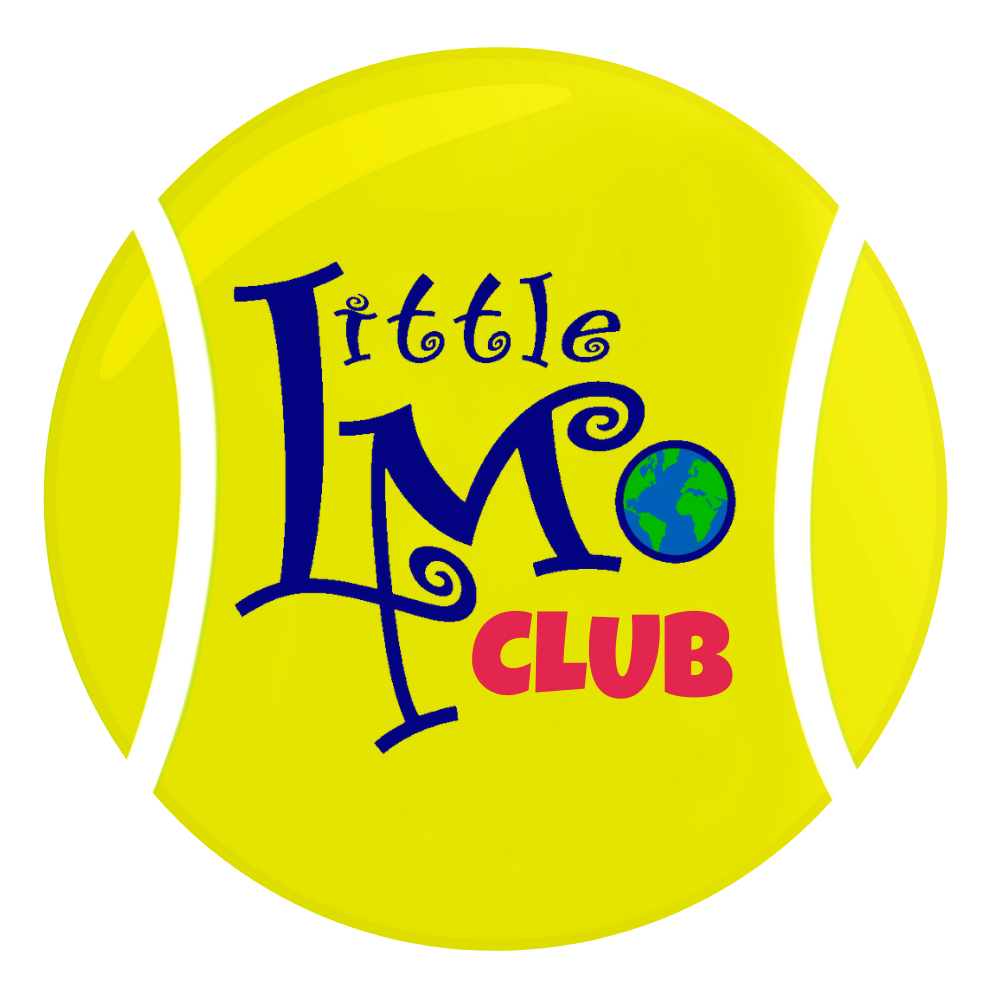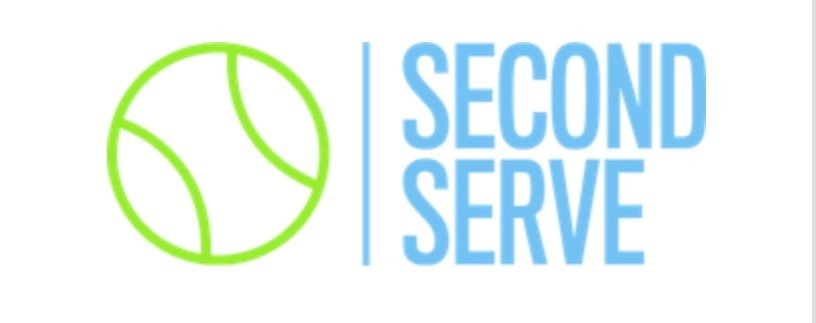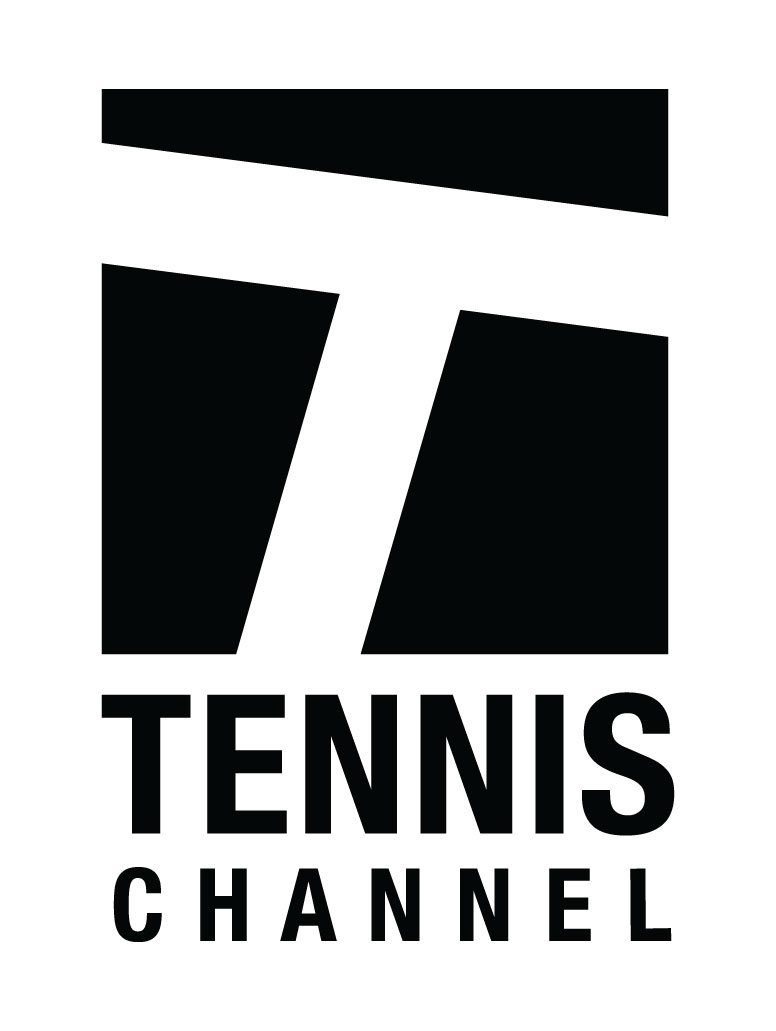Who’s Really #1?

USTA rankings vs. Tennis Recruiting star ratings vs. Universal Tennis levels . . . is anyone else confused here? I don’t know about the rest of you, but this obsessed Tennis Momma spends an inordinate amount of time trying to understand what the different ratings and rankings actually mean and how my son can best use the information to improve as a player.
A quick overview of some of the different ranking/rating systems out there . . .
USTA currently uses the Points Per Round (PPR) system which awards ranking points based on the level of tournament and which round the player reaches in the tournament. A player’s top 6 singles tournament results and top 3 doubles tournament results for the previous 12 months are included in his/her ranking. There is a National PPR chart, but each USTA Section also has its own PPR chart based on how its tournament levels are set up. Please note that it doesn’t matter if a player loses his/her first round main draw match or whether that player wins several rounds in the main draw – all that matters is where the player ends up in the draw at the end of the tournament. So, in a 64-draw, a player who loses in the first round of the main but gets to the semifinals of the backdraw will earn more ranking points than a player who wins three rounds in the main then loses his/her first backdraw match. Head-to-head wins/losses are not considered in the PPR system. Quality of wins is considered only when a lower-ranked player has a win over a player in the top 100, though this can also vary by Section.
The Tennis Recruiting Network (TRN) uses the Star Rating system which awards stars based on a player’s ranking within his/her high school graduating class. The Star Ratings are updated twice a year – once in the Fall near the beginning of the school year and once in the Spring in mid-March. TRN does consider head-to-head match-ups in its rankings, so many coaches, players, and parents consider these rankings to be more accurate and reliable than the PPR system. (See my blog post on TRN for more details.) As one fellow tennis parent commented, unlike USTA’s system, “TRN rankings aren’t influenced at all by where you go to play a tournament and which #900 ranked player in the nation you happened to knock off in the back draw for your only win of the event (to secure those prized PPR points).”
Universal Tennis features 16 levels of tennis and provides tennis players worldwide a common rating system to determine their level of play. The 16 levels – ranging from 1 for beginners to 16 for the top professional players – are based on actual match results (the last 30 matches within the last 12 months) without regard to age or gender using the Competitive Threshold (i.e. how close were the matches?) to determine accurate ratings. This system – developed by Harvard Head Coach David Fish and former Old Dominion players Dave Howell (who will be my radio show guest on December 3rd) and Alex Cancado – is relatively new on the tennis scene and is meant to be used in conjunction with the other rating/ranking systems. Thankfully, it, too, is becoming more recognized as a reliable resource for parents, players, and coaches.
Unfortunately, all sanctioned USTA junior tournaments currently use only the PPR rankings – the least reliable of the three, in my opinion – to determine which players get into the events and who is seeded in those events. One complaint that I hear repeatedly is that PPR rankings can be “bought” by players who have the means to travel to tournaments with weaker draws in order to win more matches and, as a result, wind up with better rankings, allowing them entry into the higher-level events. I am loathe to admit that my son and I have taken that approach on more than one occasion – driving to the other side of our very large section where the competition runs a little less deep – in order to boost his USTA ranking to the point where he could get into events closer to home without going through the alternate list. And, sadly (but fortunately, I guess), it worked, but is it honestly in the best developmental interest of a junior player to take this tack?
Of course, the answer is no, but it’s oftentimes a necessary step under the current PPR ranking system in order for a player who is aging up or is a late bloomer to get into the tournaments where he/she has competitive matches. One parent commented on a previous blog post, “How do you reasonably explain to a 12 year child (or any child, for that matter) that a child he/she has beaten easily (possibly numerous times) is ranked above him/her [and, therefore, getting into tournaments when your player is not]? The only reasonable explanation is that he plays more tournaments. In other words, his parents spend more money.” It may not necessarily be that the child is playing more tournaments but that he/she is traveling all over to tournaments with weaker fields to get those match wins and coveted ranking points.
Another parent shared, “It would be great to see at least a few tournaments each year use that [TRN] ranking system to select and seed fields. If the USTA were to switch to TR[N] as their primary ranking system, I think that would solve many of the problems they’ve been trying to address with the proposed changes to national tournament structures, etc. (i.e., players/parents trying to buy PPR points/rankings by traveling to all the big national events).” I agree wholeheartedly! At the very least, USTA could use other ranking or rating systems in conjunction with PPR for a more accurate overall picture, especially when creating acceptance lists for the larger national tournaments.
We’re now seeing some creative tournament directors putting on events – like the Holabird-Adidas All-In Junior Tennis Challenge – where PPR ranking isn’t the sole criteria for entry or seeding. Hopefully, our junior players will have more opportunities outside of USTA to develop and test their tennis skills. ITA, ITF, and other organizations offer several options. In the meantime, though, we have to work with what we’ve got and either (1) learn to play the system effectively and/or (2) be creative ourselves and help our kids find opportunities outside the system to become better players.
I would love to hear from you about how your junior player is balancing the challenge of getting into the tournaments he/she wants (needs?) to play while at the same time continuing to develop his/her game. Please share your Comments below.












